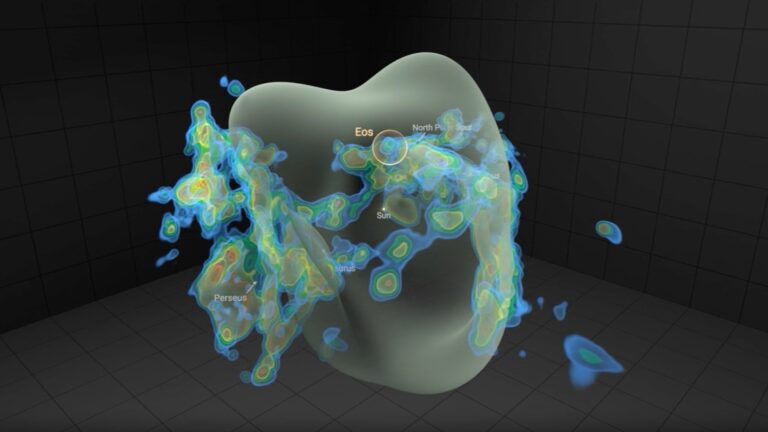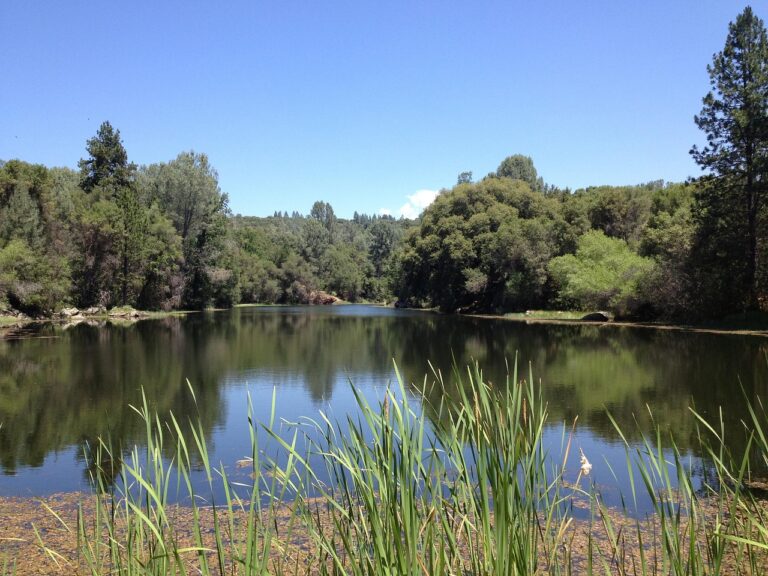
NASA Image Unveils One of the World’s Rarest Geologic Wonders Hidden in Boston Harbor – The Daily Galaxy
2025-04-24T14:00:00Z
NASA’s stunning new image of Boston Harbor reveals the rare drumlin islands, a geological marvel shaped by glaciers over 20,000 years ago.
NASA’s latest image of Boston Harbor, showcasing its remarkable drumlin islands, has captivated both scientists and nature enthusiasts. Captured on July 19, 2024, by the Landsat 8 Operational Land Imager, the photograph reveals a rare geological formation that few people are aware of. This striking visual, part of a detailed study shared by the NASA Earth Observatory, highlights the significance of these islands, which are a geological treasure formed over 20,000 years ago by glaciers during the Wisconsin Glaciation.
The Drumlin Islands: A Glacial Legacy Frozen in Time
Boston Harbor, now a bustling hub of history and tourism, was once shaped by a vastly different natural force—glaciers. The drumlin islands, a series of elongated hills formed by glacial debris, were created more than 20,000 years ago during the Wisconsin Glaciation. At the height of this icy period, massive glaciers up to a mile thick blanketed the land that now forms the Boston Harbor Islands National and State Park.
As the glaciers began to retreat, they left behind piles of sediment and debris that formed these distinctive drumlins. Today, these islands are considered one of the most unique geological features on Earth, with only two other known drumlin fields found worldwide in Clew Bay, Ireland, and a similar formation in Canada. These islands are not just geological marvels—they represent a frozen moment in time, forever etched into the landscape of Boston Harbor.
Boston Harbor’s drumlin islands (NASA Earth Observatory)
A Rare Sight: The Only Partially Submerged Drumlins in North America
While drumlins can be found across the globe, the ones in Boston Harbor are distinct due to their partially submerged nature. These islands form the only known partially submerged drumlin field in North America, offering scientists a rare opportunity to study the effects of glaciation on the land and the environment.
According to NASA, the drumlins of Boston Harbor were shaped by more than just ice and sediment—they are also the result of rising sea levels, which transformed these once-formed hills into the islands we see today. As the sea level rose after the glaciers melted, parts of the landscape were inundated, leaving behind small but significant islands dotting the harbor.
In the words of geoscientist Jasper Knight from the University of Witwatersrand in South Africa, “Previous ideas of slow, steady advance, or retreat, really don’t hold. Glaciers are dynamic.” This insight highlights the complex and unpredictable nature of glacial movements that led to the formation of these islands.
The Historical Significance of the Drumlins
Beyond their geological value, the Boston Harbor drumlin islands are home to rich historical landmarks and ecosystems. Four of the islands are accessible by car, while others can be reached by seasonal ferries or private boat. These islands are now part of the Boston Harbor Islands National and State Park, an area dedicated to preserving the unique history and natural beauty of the region.
One of the most iconic landmarks in the harbor is Boston Lights, the oldest operating lighthouse in America, standing on Little Brewster Island since 1716. Another important historical site is Fort Warren, a Civil War-era fortress located on Georges Island. Fort Warren played a key role during the Civil War as a prison for Confederate officers, including Confederate Vice President Alexander Stephens.
The area also boasts a range of diverse ecosystems, including salt marshes, sandy beaches, sea-grass beds, tidal pools, mudflats, and hardwood forests, making it a haven for wildlife. Marine life flourishes in the waters surrounding the islands, with mussels, barnacles, and a wide range of mammals, birds, reptiles, and amphibians all calling this area home.
A Natural Laboratory for Climate Change and Ecosystem Studies
In addition to its historical and geological significance, the Boston Harbor drumlin islands offer scientists a unique opportunity to study how climate change might impact fragile ecosystems. As sea levels continue to rise, scientists are closely monitoring these islands for changes in the surrounding habitats, from shifts in local wildlife populations to the erosion of shorelines.
The diverse ecosystems of the islands, including salt marshes and tidal pools, are particularly vulnerable to rising sea levels. As these habitats are inundated, many species of plants and animals that rely on them could face significant challenges. This makes the drumlins a natural laboratory for studying the long-term impacts of climate change on coastal environments.
Auto-posted from news source






